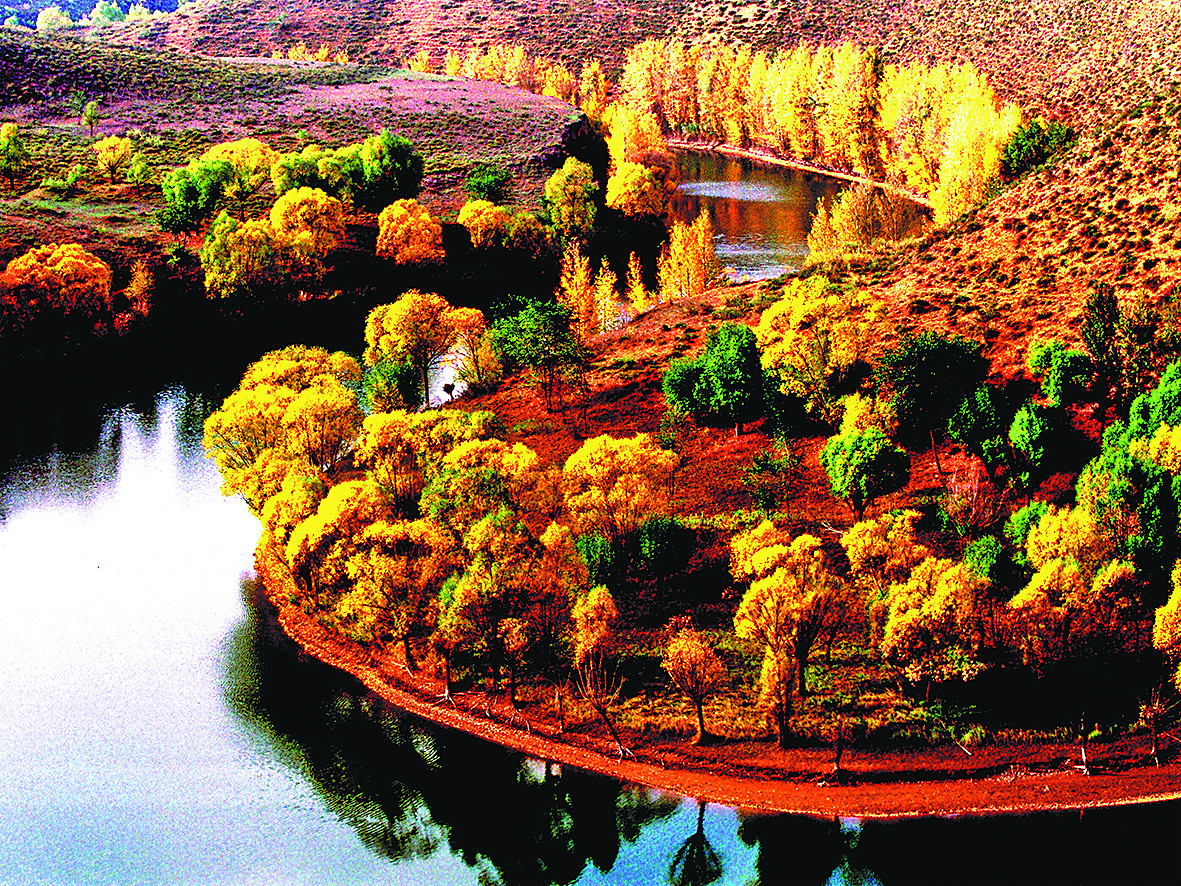Tracing the early origins of the grassland civilization
Updated: 2017-09-05 By Song Mengxing (chinadaily.com.cn)  Print
Print 




The Salawusu archeological site is discovered in the 1920s, where the relics evidence the presence of human beings in the region up to 60,000 years ago.[Provided to China Daily]
The Zhukaigou site, located in Zhukaigou village, Ejin Horo Banner, has been excavated four times after it was discovered in 1974.
The total excavation area is about 4,000 square meters. At the site, 329 tombs were found and more than 510 pieces of pottery that could be restored, 270-plus stone implements, 420-plus bone-made objects and more than 50 bronze items were unearthed.
Comprehensive analysis of unearthed relics and remains showed the site was inhabited from about 4,200 years ago to about 3,500 years ago.
The location was named a major heritage site under the priority protection of the Ejin Horo Banner government in 2002 and became a key heritage site under national-level protection in 2006.
The Zhukaigou site drew great attention as the earliest Ordos bronzeware was found there.





 Ordos Impression
Ordos Impression Ordos WeChat
Ordos WeChat Ordos Reported
Ordos Reported


